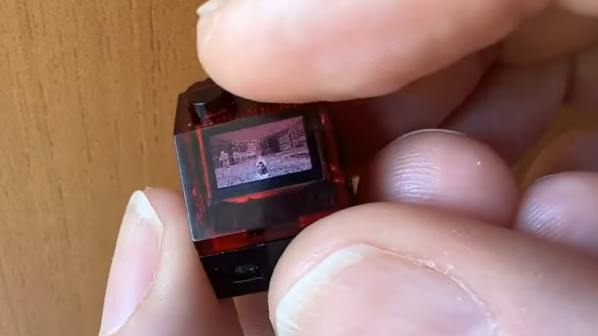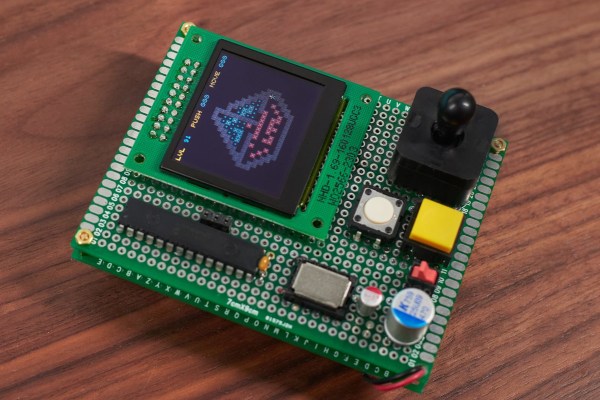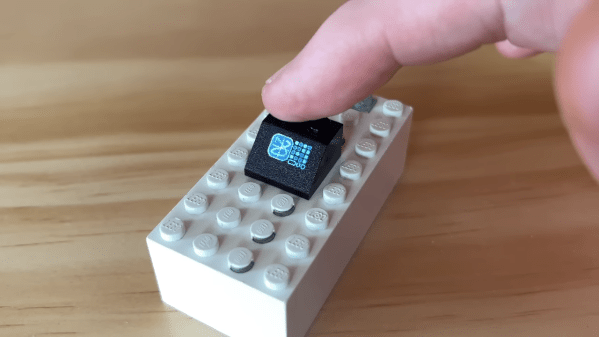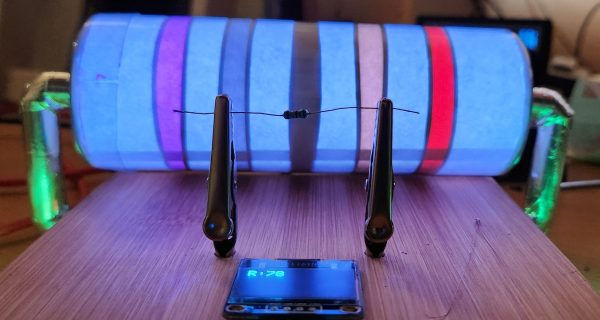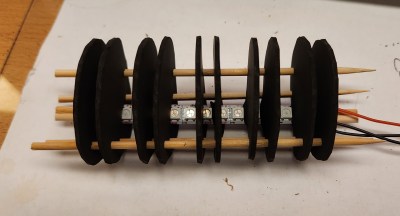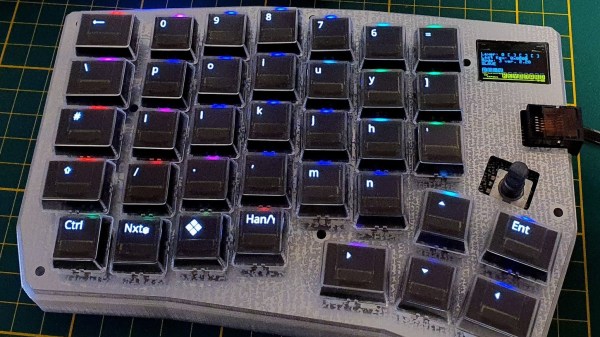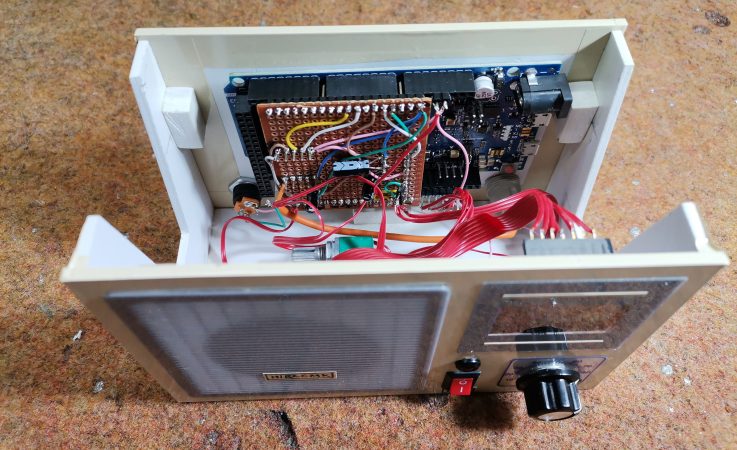By now you’ve all seen the tiny LEGO brick with a working screen in it. The work of one [James “Ancient” Brown], it was truly a masterpiece of miniaturization and creativity. Since then, [James] hasn’t stopped innovating. Now, he’s demoing a playable version of DOOM running on a single plastic brick.
We’ve covered the construction of these astounding screen bricks before. Long story short, [James] designed a tiny PCB that hosts an RP2040 microcontroller which is then hooked up to a tiny OLED screen. The components are placed in a silicone mold, which is then filled with transparent resin to form the brick. The screen is then powered via contacts in the bottom, much like older-style LEGO motors.
Early experiments involved running various graphics to emulate a spaceship dashboard, but [James] has now gone much further. He’s implemented RP2040-doom to run the game. It uses tilt controls thanks to an accelerometer, combined with capacitive touch controls for shooting. The monochrome OLED is driven very fast with a special library of [James’] own creation to create three levels of grayscale to make the game actually visible and (just barely) playable.
It’s a hack, of course, and the controls are far from perfect. Nobody’s speed-running E1M1 on [James’s] LEGO brick, to be sure. Perchance. With that said, it’s still a glorious piece of work nonetheless. Just imagine, sitting with friends, and announcing you’re going to play some DOOM — only to pluck a piece of LEGO out of your pocket and start blasting away at demons.
Just because [James] doesn’t know when to quit, we’re going to lay down the gauntlet. Let’s get network play happening on these things, yeah?
Continue reading “DOOM Ported To A Single LEGO Brick”

